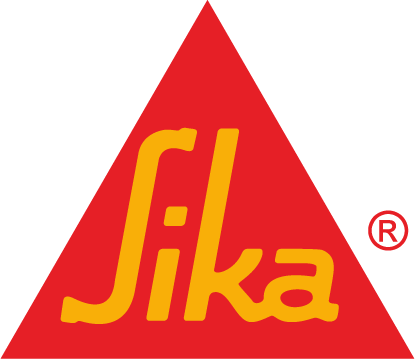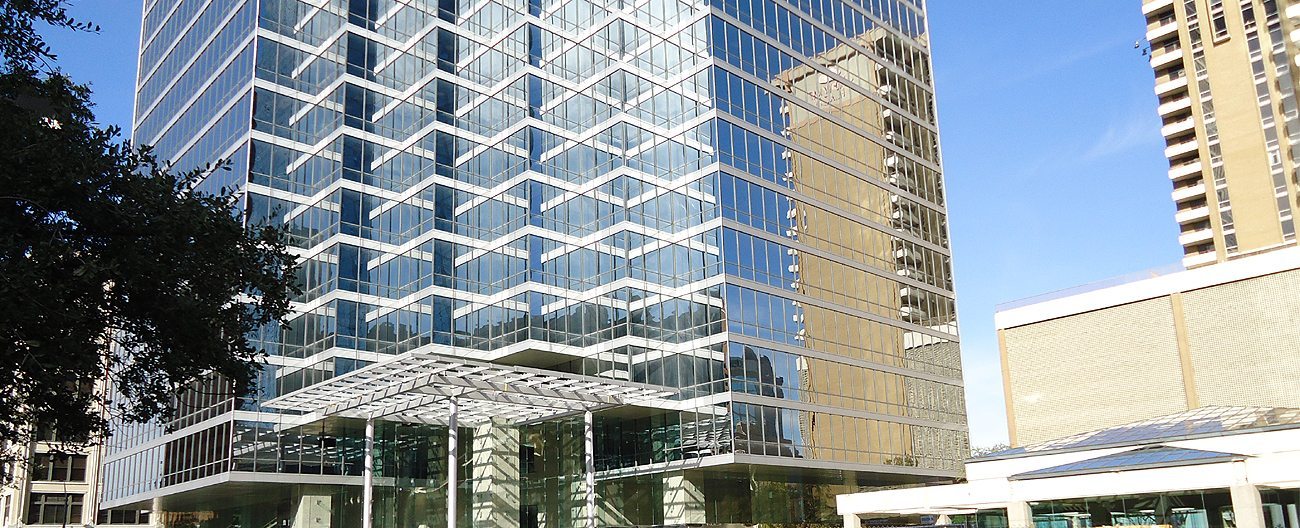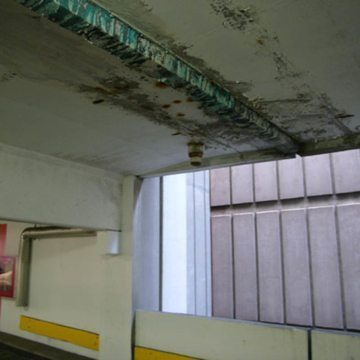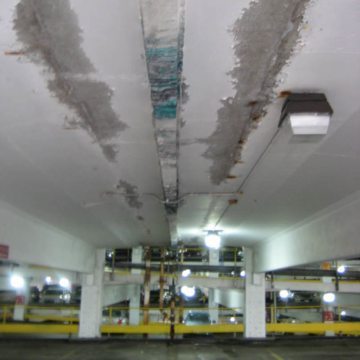Gutters Hide Expansion Joint Leaks
These photos received by our Tech Team inspired a re-post from our FAQ page:
Why does EMSEAL discourage the use of gutters?
The photo illustrates vividly why expansion joints should be watertight at their top surface. And why gutters can lead to the need for seriously costly repairs.
They underscore how gutters conceal leaks, resulting in structural damage that is dangerous and far more costly than the price of an expansion joint that works.
There are several reasons not to use gutters under joint systems:
- Gutters conceals leaks. The leaks go undetected. Water (carrying salts and other corrosion causing chemicals) bypasses the primary joint system, runs over and penetrates the concrete on its way to the gutter. Rebar corrodes, expands, and spalls the concrete. , Costly and dangerous degradation of the structure begins.
- Gutters are not water proofing, they are water management. Water that reaches a gutter must be managed to drains. To do this gutters must be pitched to ensure drainage. The gutters must be dammed at ends and be fabricated to be watertight at plane and direction changes. Joint systems are too often detailed in cross-section only. In cross-section a gutter looks effective. Joints detailed in cross-section will not get constructed either with pitch or with terminations, transitions, or integration into the drainage systems.It is when the gutter is considered in 3-D that the challenges of water management are revealed. (More on 3-D joint design).
- A joint system that incorporates a gutter as standard equipment or a joint design that incorporates a gutter beneath another joint system is by default admission that the joint system is not watertight. The choice of that joint system should be reconsidered.
- Gutters, or gutters incorporated into joint systems, provide a highway for vermin. It is not unusual, particularly in sports venues like stadiums to find evidence of active communities of rats and other vermin using gutters as their homes and/or transportation infrastructure around the building. Joint systems that are not watertight at the surface allow liquids (beer, soda pop) and washing-water-diluted foods to enter the gutter system. Vermin take advantage of this food source.
- Downspouts get blocked. Downspouts are highly susceptible to blockage due to the accumulation of debris in gutters.
- Again, gutters conceal leaks. EMSEAL supplies joint systems that are watertight. These systems when properly detailed using isometric CAD details for watertight treatment at terminations and transitions, and when installed according to EMSEAL’s instructions, can be expected to be watertight.
If a system leaks, we want immediate, early detection of the leak. This will allow the cause of the leak to be identified and remedied. Gutters can seriously compound the difficulty of tracing the source of the leak to a particular location.





